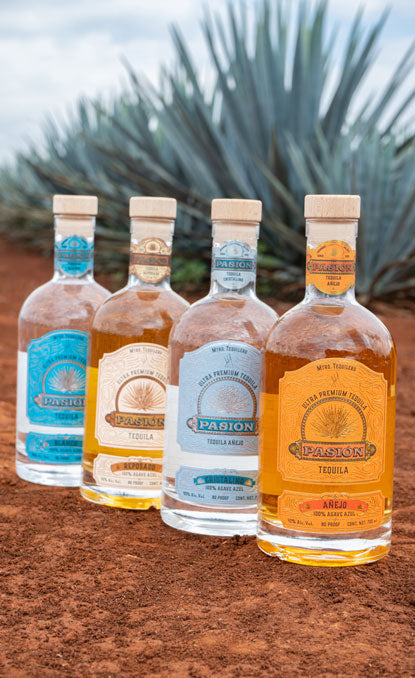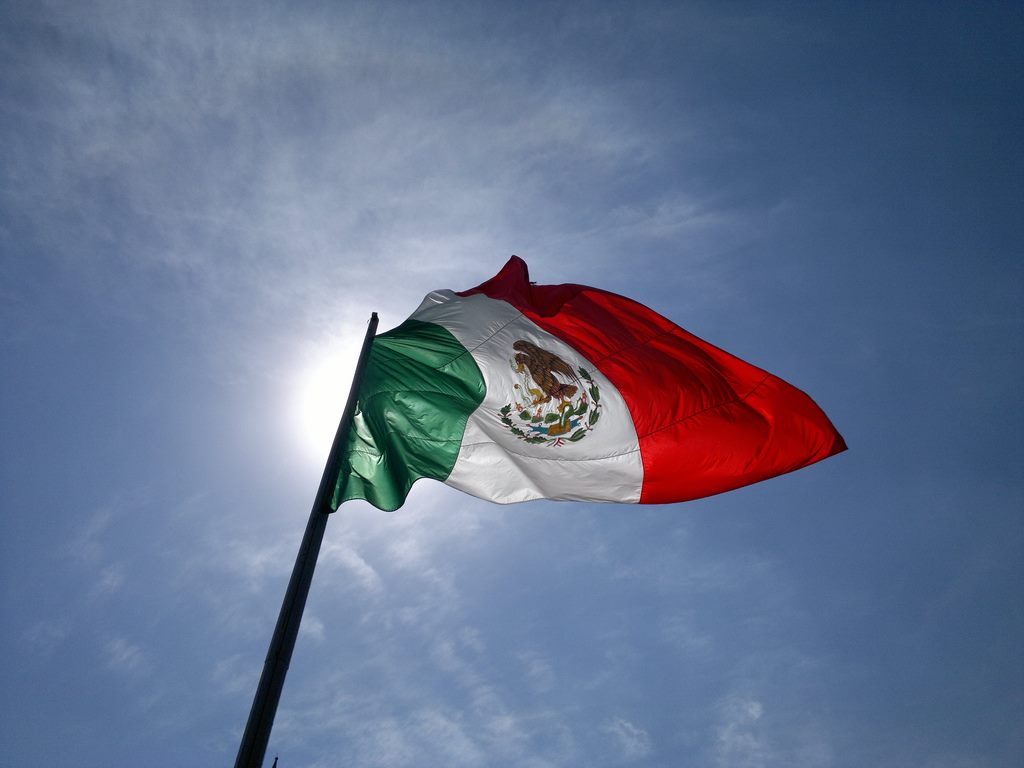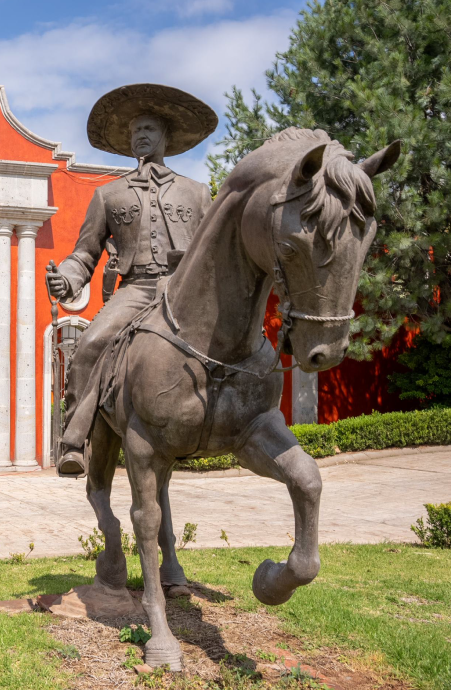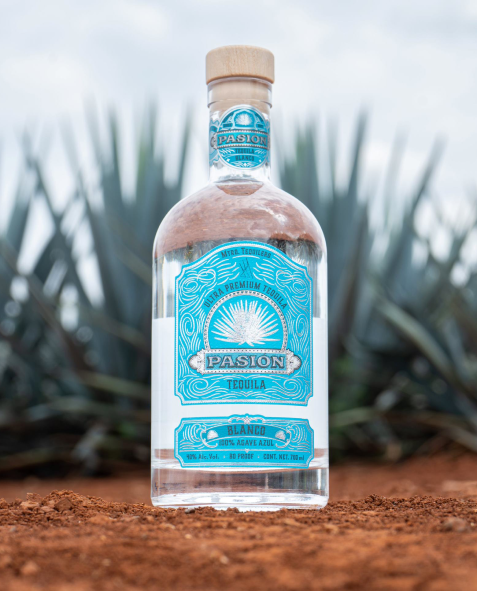The Genesis of Tequila
TEQUILA'S ORIGIN


Tequila is a beverage unlike any other in the world, a fascinating product born from the fusion of two distinct cultures. For centuries, the inhabitants of pre-Hispanic Mexico would consume the fermented juice of the Agave plant for religious and medicinal purposes, unaware of the process of fermentation.
It wasn't until the arrival of the Spanish in Mexico that the fermented Agave juice was distilled, giving birth to Tequila in the 18th century.
Tequila is crafted from a specific type of Agave plant: the Agave Tequilana Weber, known as the blue variety. In Mexico, various Agave plant varieties exist, but Tequila can only be obtained from the blue Agave. Other Agave varieties are used to produce regional beverages like mezcal and aguardiente.
The blue Agave requires eight to twelve years to reach full maturity. This means that to create a Tequila Añejo, approximately 16 years are needed. Once the plant is harvested, it disappears forever, necessitating the planting of a new one, which will take another eight to twelve years to mature.
Types of Tequila
There are two fundamental categories of
Tequila:
Tequila and 100% Agave Tequila. To make Tequila, Agave plants are harvested, their sharp leaves are removed, and the core or piña is placed in ovens for cooking. Once cooked, the juice is extracted from the plant, fermented, and then distilled. Finally, it is bottled or sent for aging.
The law governing how Tequila should be produced allows the producer to use 51% Agave sugars and up to 49% sugars from other sources for Tequila production. However, 100% Agave Tequila must contain only Agave plant juices. The reason for this is that the flavor of the Agave plant is so robust and unique that it needs to be either blended with other juices or aged to achieve a delicate taste. Each of these two basic categories can further be classified into Tequila Blanco, Joven, Reposado, or Añejo. Typically, Tequila Blanco, or 100% Agave Tequila, goes directly from distillation to the bottle. Tequila Joven contains burnt sugar and artificial colorant to mellow the taste of Tequila Blanco. Reposado, as per the law, must be aged in oak barrels for a minimum of two months to acquire a woody flavor. Furthermore, the law stipulates that Añejo must be aged in oak barrels for a minimum of one year.

Protection of Tequila's Denomination of Origin (DOT)
In 1974, the Mexican government issued a declaration to protect the Denomination of Origin of Tequila (DOT). This declaration affirmed that due to its geographical origin, reputation, and specific essential qualities, Tequila has been recognized as a geographical indication of Mexico.This declaration meant that Mexico would claim exclusive worldwide use of the word "Tequila." Only alcoholic beverages made from the blue Agave plant (specifically the Agave Tequilana Weber blue variety) grown within the officially designated area in Mexico and produced in accordance with the regulations of the Official Mexican Standard for Tequila could be labeled as "Tequila."
As a member of the World Trade Organization (WTO), the Paris Convention for the Protection of Industrial Property, and other international treaties (such as NAFTA and the European Trade Agreement), Mexico has secured Tequila's production as an exclusive product of Mexico. "Tequila" belongs to Mexico and Mexico alone.The Mexican government is the current custodian of the name "Tequila." Anyone wishing to venture into Tequila production must obtain a permit or license from the Mexican government through the Mexican Institute of Industrial Property (IMPI).

The Official Standard for Tequila
The Official Standard for Tequila, also known as the Norma Oficial Mexicana (NOM), is the law that dictates how Tequila must be produced, packaged, and labeled. It is officially known as "NOM-006-SCFI-1994 Specifications-Tequila-Alcoholic Beverages." This law was enacted on August 13, 1997, to replace the previous regulations.
The NOM establishes the official identity standards for Tequila, 100% Agave Tequila, and the four different types of Tequila: Blanco, Joven, Reposado, and Añejo. It sets forth the physical and chemical specifications for Tequila, as well as the characteristics of the Agave used in its production. It also includes regulations for its packaging and labeling
Every bottle of Tequila must bear a NOM number on its label. The NOM, representing the Norma Oficial Mexicana, is a number assigned by the Mexican government to each producer, identifying who actually produced that particular bottle of Tequila. If there is no NOM on the label, caution should be exercised, as it likely is not genuine Tequila

The Tequila Regulatory Council (CRT)
The Tequila Regulatory Council (CRT) is the organization accredited by the Mexican government to inspect and certify that the production, packaging, and labeling of Tequila are conducted in accordance with the Official Standard for Tequila.
Founded in 1994, the CRT was initiated by the Chamber of Tequila Producers as a private, non-profit organization tasked with verifying and certifying the Tequila production process. Its membership includes Tequila producers, Agave growers, bottlers, distributors, and representatives of the Mexican government.
Structurally, the CRT is organized into five distinct branches: verification, certification, agricultural affairs, quality control, and administration. To ensure the integrity of Tequila and compliance with the Official Standard for Tequila, the CRT employs a team of trained professionals who conduct regular inspections at distilleries to verify every step of Tequila production.
